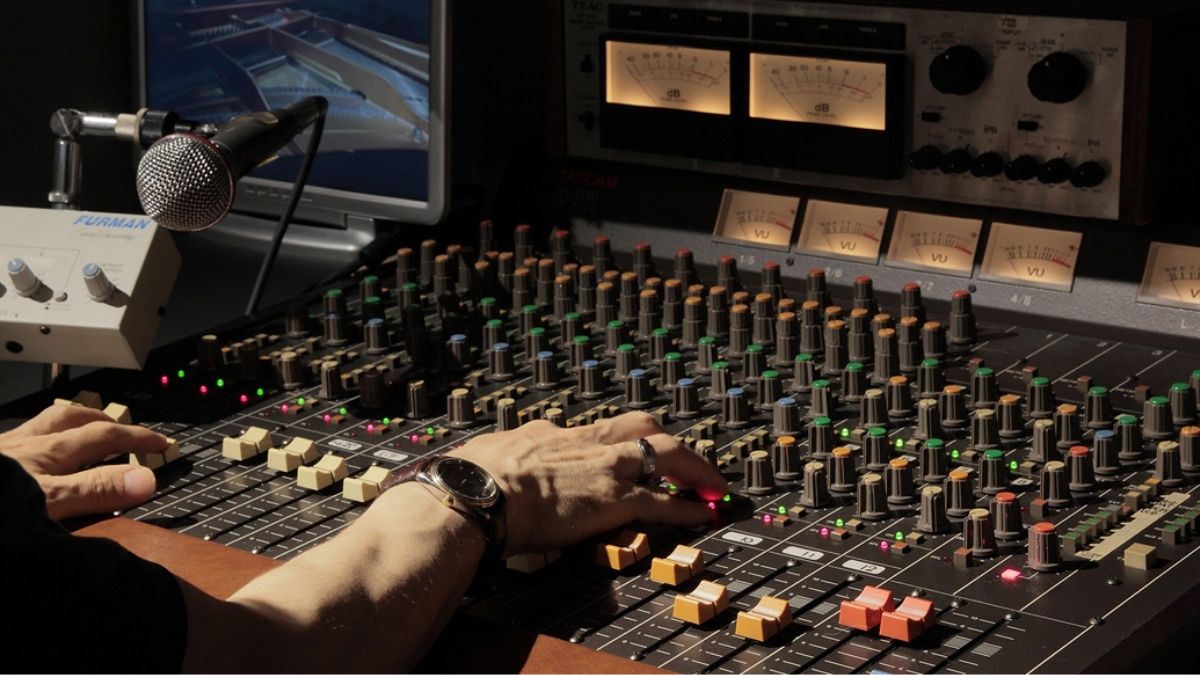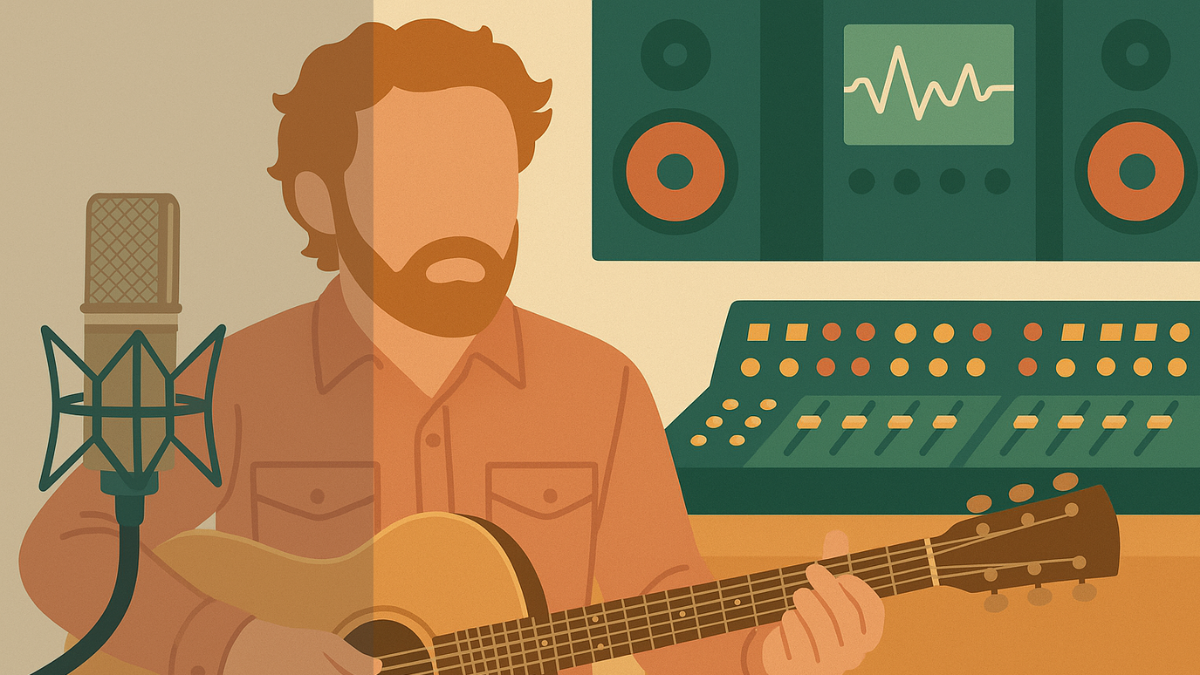Four Ways to Use HP and LP Filters for A Better Mix

When it comes to mixing, it's easy to go straight to our usual EQ, compressor, or other tools to get the job done, but it's also essential to understand the value that filters can bring to your mixing.
High and low-pass filters are simple, but incredibly important tools and In this article, we'll offer you four tips to elevate your mixes to the next level by using HP and LP filters.
What are high-pass and low-pass filters?
High-pass filters remove all frequencies below a certain point (they only let the frequencies ‘pass’ if they are above this point). Low-pass filters do the opposite – they remove all frequencies above a certain point. It is possible to adjust the ‘slope’ of a filter, which makes it more or less aggressive. A steep slope can completely remove frequencies above or below a certain point, whereas a gentle slope will gradually attenuate frequencies above a certain point resulting in a more subtle filtering.
1. A High-Pass Filter Can Be Your Best Frind (But It Isn't Always!)
A piece of advice that is often given to budding producers is that you should put high-pass filters on all of your tracks except for the kick and bass, to clear up the low end of your mix.
While it is true that high-pass filters are an invaluable tool – and can drastically improve the low end of amateur mixes – you do need to be careful with them. Try to ensure you are getting rid of the low frequencies that you don't need but not cutting out important harmonic content.
For example, you can almost always lose everything below 60Hz on a vocal track – below this, you will probably only have mic rumble and the sound of the singer's moving feet! You can sometimes take out a lot more than this, but be wary of losing too much warmth from your vocal. As always, use your ears; clear up the low end of tracks when you can, but don't leave your mix sounding too thin.
2. Try Using A High Pass Filter On Your Reverb Bus
That's right – it's not just the low end of your audio tracks that are cluttering up the bottom of your mix. Again, you should be careful with this as you can lose richness out of your reverb if you use a high-pass on your reverb bus.
However, this is worth trying as often reverb under 100Hz or so isn't that clearly audible and can serve to clutter the low end. This tip is especially useful in busy mixes.
3. Using Low-Pass Filters On Guitar Tracks
This one is a little bit counter-intuitive, but taking the high frequencies out of your guitar tracks can actually make your guitars sound clearer and more prominent in your mix.
Because of that, this tip works particularly well on lead guitars. Try using a low-pass filter to remove everything above 10kHz on your guitar tracks. On a guitar, a lot of what happens above this frequency is messy and noisy, and there isn't always a great deal of important harmonic content.
Of course, sometimes you will want your guitars to be messy and noisy at their top end, but for when you don't, using a low-pass in this way will really help them cut through your mix.
4. Using Filters On Bass
This one is a little more complex, and is probably most appropriate for bass-driven electronic music, although there is nothing to stop you from trying it out on other genres. In styles of music such as drum & bass and house, it is vital that you have a powerful bottom end with plenty of subs. As a general rule, it is wise to keep your low frequencies in mono, and as central as possible.
But what if you have a huge bass sound that contains a lot of subs, but also plenty of high-frequency content?
If you have such a big sound panned centrally your mix may end up sounding too narrow, but you don't want to pan sub-bass out wide. In these instances, it can be worth splitting the bass sound into low and high frequencies and processing the two halves of the signal separately (BPB's Dirty Filter free plugin is a great tool for this technique!).
Send the output of the bass channel to an aux. and then bring the signal back on two separate bus tracks. On one of them, remove all of the frequencies above 200Hz with a high-pass filter, and on the other remove everything below 200Hz with a low-pass. You can now keep all of the signal below 200Hz panned centrally in mono, and pan the higher frequencies much wider without worrying about unbalancing your mix.
For hands-on practice, you can use our EQ Ear-Training tools in the EQ Playground.



Comments:
Mar 22, 2024
Jun 02, 2022
Jun 02, 2022
Login to comment on this post